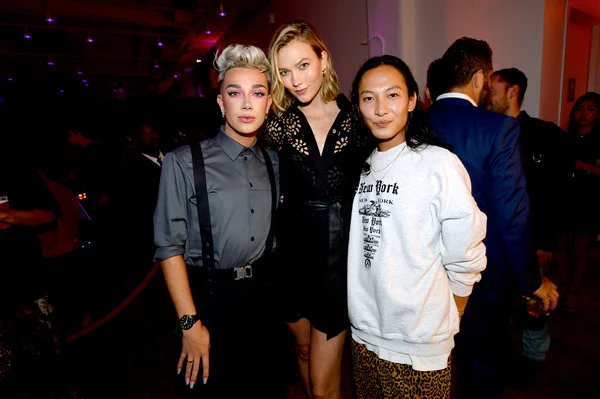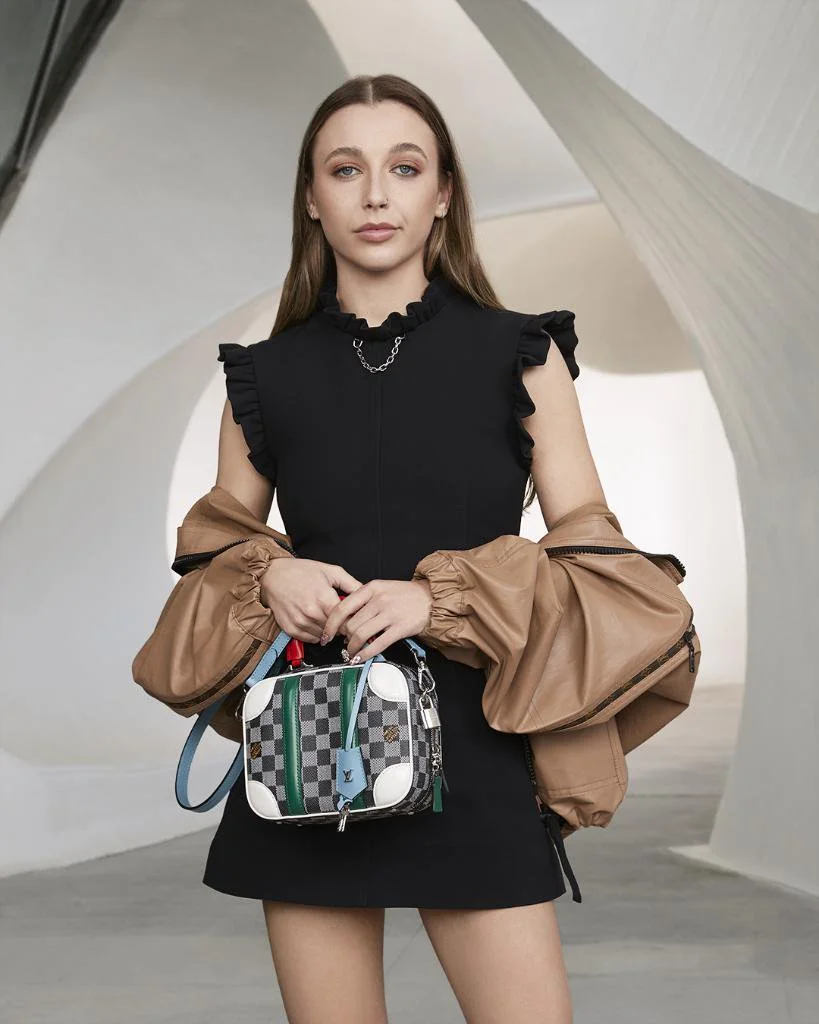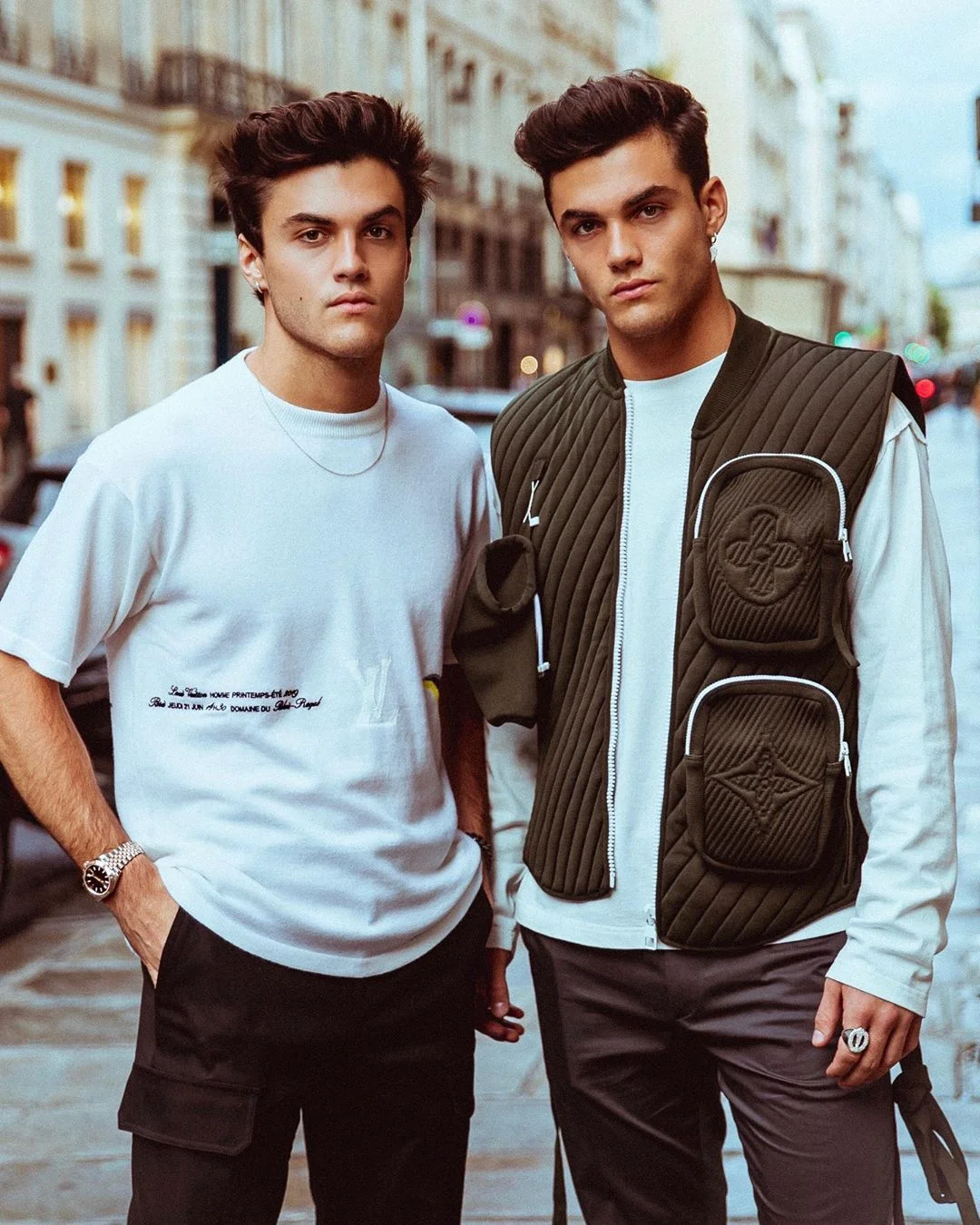Why are Supermodels Taking to the Vertical Screen?
Naomi Campbell, Karlie Kloss and Doutzen Kroes may be known as some of the world’s most illustrious and influential models of our time, walking for houses like Louis Vuitton, Chanel and YSL to name a few; but these long-legged ladies are now catwalking off the runways and strutting straight into our homes as part of Youtube’s grand endeavour to bridge the gap between luxury and lifestyle: Slash Fashion.
Fashion Model Karlie Kloss was one of the many supermodels who launched a Youtube Channel for Slash Fashion, featured here with Makeup Guru James Charles and Designer Alexander Wang. Image via
Following his appointment as head of fashion and beauty partnerships at YouTube, Derek Blasberg has launched YouTube.com/Fashion, which he refers to as /Fashion or Slash Fashion (I suppose it sounds more chic). Slash Fashion is a curated network of channels, creators and content that focuses particularly on Fashion and Beauty; with the occasional blast of comedy. In addition to picking what content is featured on the network, Blasberg has launched and relaunched several large creator bases. Renowned creators include the aforementioned supermodels, but also designers like Alexander Wang and Marc Jacobs and fashion icons like Alexa Chung, who have taken to using the platform as a means to showcase their brand and curate their narratives in their own way - think: incredibly glam vlogging, makeup tutorials and story telling.
Video via
With this launch, Blasberg himself has been making quite the effort to curate and inspire more fashion-centric content across the channel, assisting in the launch of quite a few industry-adjacent channels (Klossy, Being Naomi, and Doutzen Diaries to name a few), while also inviting regulars of the YouTube scene to partake in the industry themselves: take the Dolan Twins and Emma Chamberlain attending Louis Vuitton shows next to James Charles and Liza Koshy walking the red carpet at the Met Gala.
Amidst all the glitter and feathers, one has to ask why this is all happening now. Why bring this mysterious world of couture and catwalks to the general viewing audience?
Well, considering the near 2-billion strong crowd of content consumers at YouTube, we can consider marketing as a possible reason, particularly when we think of brands like Chanel and Louis Vuitton trying to expand their consumer audiences; however, we must also consider the inconsistency that a huge percentage of that 2-billion consumer audience can’t afford Chanel or Louis Vuitton.
Youtube Content Creators Lily Singh, James Charles and Liza Koshy attended this year’s Met Gala. Image via
So we enter the pseudo-democratization of fashion.
Fashion is a very mainstream topic: it’s been covered in the news, in magazines, and we consume it on a day-to-day basis. Yet regardless of its mass-media appeal, fashion is also often labeled as unattainable, unrealistic or perhaps mysterious to industry outsiders. That mystery, in many ways, seemed to perpetuate the aspects of luxury that go hand-in-hand with high fashion. The exclusivity of a Chanel Fashion Show makes it all the more fashionable, right? But at the advent of the internet, we got the privilege of streaming fashion shows as they were going on, allowing everyone to see the looks from Paris from the comfort of their own home. This rapid accessibility of what once was deemed exclusive has not only changed how we consume fashion, but how the fashion industry markets, produces and distributes its goods. Haven’t you seen a rise in designer tees? In teeny-weenie bags and in flip flops too? Though not anywhere near the price of real t-shirts and flip flops, the production of consumer goods that are just inexpensive enough to appeal to a new generation of bourgeois youth seems to move hand-in-hand with this push towards Slash Fashion.
After realizing that goods like coats, bags and shoes weren’t selling quite as well post-recession, many brands started producing cheaper goods, which the rapidly expanding middle class could attain. Bring in instagram and its armada of influencers and you get a highly saturated marketing team that makes it impossible not to catch a glimpse of some Gucci logo tees or Balenciaga sneakers scrolling down your feed. In that sense, fashion met the everyday man without Derek Blasberg’s help.
Emma Chamberlain and the Dolan Twins are notable content creators on YouTube who have been inducted into slash fashion by filming their experiences at runway shows.
So why Slash fashion?
It’s possible that this pseudo-democratization or pandering to the middle class has done some harm to the industry on a more ethical level. As more and more consumers purchase more accessible fashion items, not only is there a huge environmental toll, but there is a toll on the industry. Many feel like fashion is losing a type of allure; a fantastic magic that transports their viewers away from their lives, the escapism aspect of fashion. The bridge that Blasberg seems to be making isn’t quite between fashion and YouTube, but really, fashion and entertainment.
I find that the launching of so many supermodels’ channels coupled with incredibly high quality content that has so much viral appeal, is changing how consumers will view fashion and its branching industries. Watching Naomi Campbell scrub an airplane seat in head to toe Alaia, or Emma Chamberlain and Karlie Kloss driving around Paris before the Louis Vuitton Show is taking a recipe for viral content and wrapping it in the umbrella of fashion, leading viewers to associate such hilarious and beautiful content with the already dominant fashion industry. In many ways, alongside its push to democratize fashion, the industry also seems to be trying to reestablish itself as something rare, something pseudo-exclusive. It’s that tantalizing tease that entertainment and YouTube has together: giving you something you can’t experience, but making it feel like you can, like a trip to the movies. This realist-escapism seems to be exactly what Slash Fashion is all about; and in many ways, I can’t really be mad at it. It’s bringing fashion to a large part of the world, and while there is likely some kind of marketing ploy in there, I am glad that industry insiders are bringing their perspectives to us to inspire a future generation of creatives. Slash Fashion is projecting the magic of the creative process from a multitude of perspectives, but it’s keeping the audience at arm’s length, which at the end of the day, makes up a huge part of YouTube’s content. I’m interested to see where this goes, and I’m definitely subscribed to quite a large portion of Blasberg’s Supermodel-turned-YouTuber army, so if anything, at least we’ll be getting some very colorful content in the near future.
Image via
Featured image via











